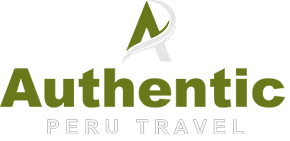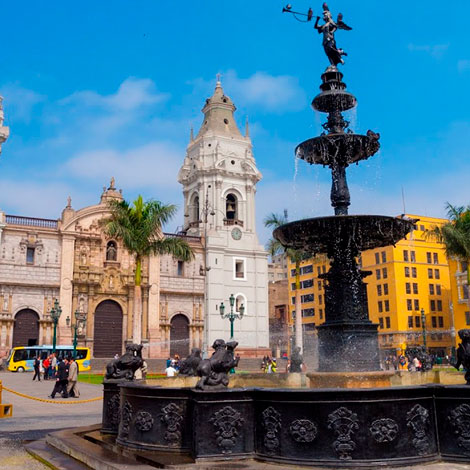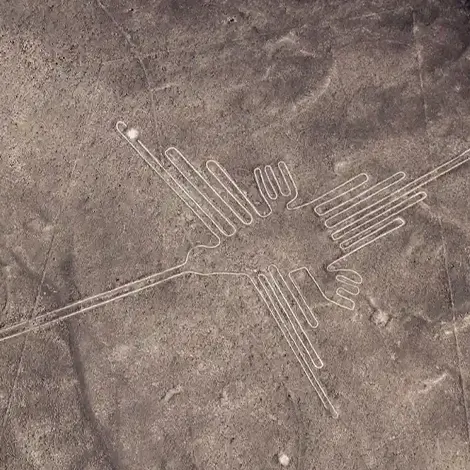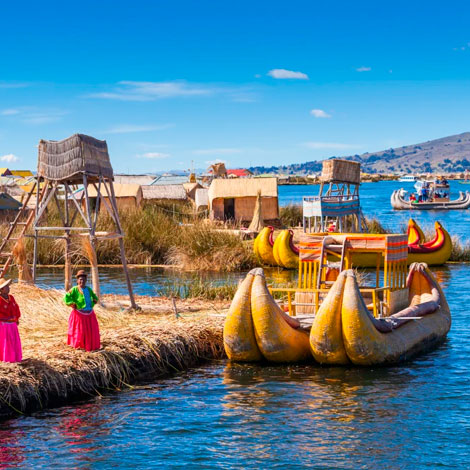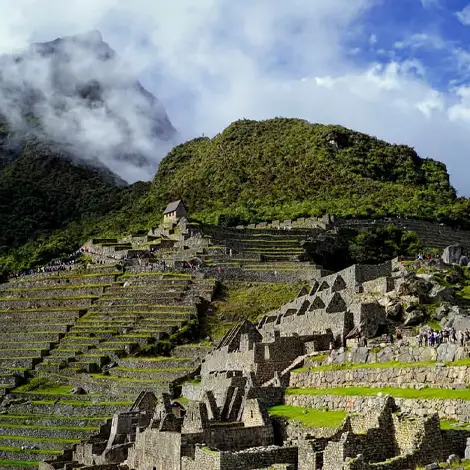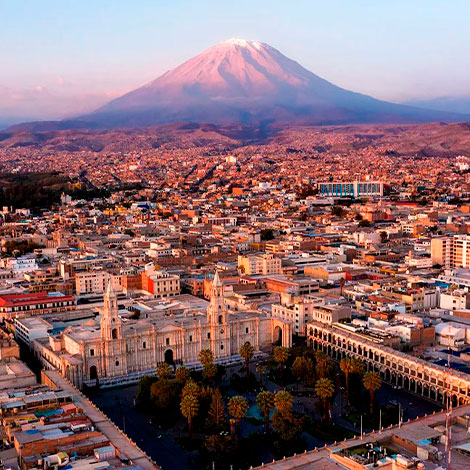NAZCA LINES TOURS
OVERVIEW
The greatest concentration of lines, figures and trapezoids collectively known as the Nazca Lines are located on the plains of San José, 440 kilometers to the south of Lima in the Ingenio valley, although there are many others in the vicinity of Pampa (north of Nazca).
In 1926 the first archaeological research was published regarding these lines, which until then had been known as “Inca highways”. It was not until 1941, however, that the lines became famous, when the American academic Paul Kosokannounced his “discovery” to the world, describing it as “the largest astronomical calendar in the world”.
By carbon dating the organic objects found on the Nazca plains, it has been established that although most of the geoglyphs correspond to the period 800 BC to 300 AD, some of the figures were produced before that period, while others appeared at a later date.
Maria Reiche, the German mathematician and governess, who met Paul Kosok by chance in Lima, was asked by Kosok to begin a detailed study of the lines. She went on to become the most dedicated student of the plains and their mysterious lines and discovered many new figures and lines which she then worked to conserve.
Many theories have attempted to explain the meaning of the Nazca Lines and almost all of them have contributed important information to their study.
ENJOY LIMA AND MACHUPICCHU
5 days / 4 nights
Destinations Visited: Lima, Cusco, Sacred Valley, Machu Picchu
Style : Religious, Cultural and Archaeological.
mysterious nazca lines and machu picchu
7 days / 6 nights
Destinations Visited: Lima, Ica, Paracas, Nazca, Cusco, Sacred Valley, Machu Picchu
Style: Religious, Cultural, Archaeological and Adventure.
enigmatic machu picchu and lake titicaca
7 days / 6 nights
Destinations Visited: Lima, Cusco, Sacred Valley, Machu Picchu, Puno, Lake Titicaca.
Style : Religious, Cultural, Archaeological and Adventure.
machu picchu and the jungle
7 days / 6 nights
Destinations Visited: Lima, Cusco, Sacred Valley, Machu Picchu, Puerto Maldonado, Tambopata.
Style : Religious, Cultural, Archaeological and Jungle.
andean crossing
10 days / 9 nights
Destinations Visited: Lima, Arequipa, Colca Canyon, Puno, Lake Titicaca, Cusco, Sacred Valley, Machu Picchu.
Style : Religious, Cultural, Archaeological, Experiential and Adventure.
peru magic
12 days / 11 nights
Destinations Visited: Lima, Ica, Paracas, Nazca, Arequipa, Colca Canyon, Puno, Lake Titicaca, Cusco, Sacred Valley, Machu Picchu.
Style : Religious, Cultural, Archaeological, Experiential and Adventure.
